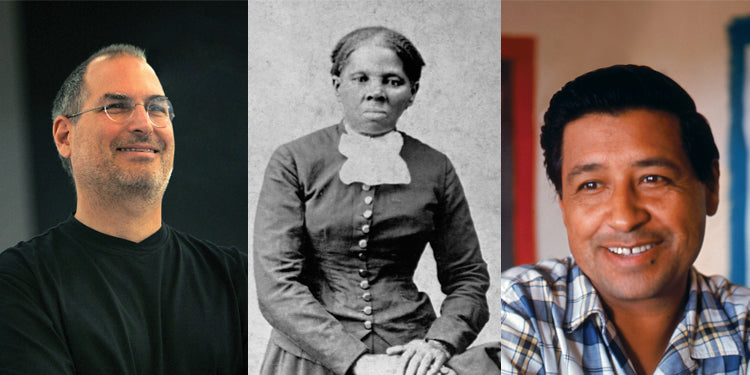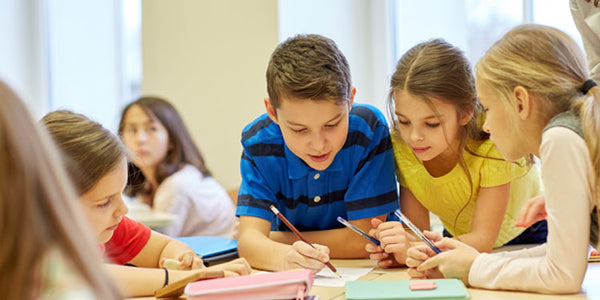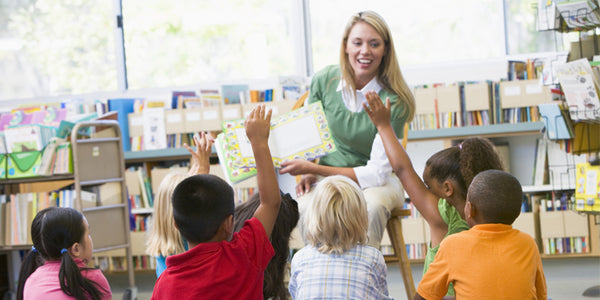
Today's guest blogger is Susan Weaver Jones, an elementary educator from Orlando, Florida, who currently works as an ESL teacher in Knoxville, Tennessee. She has taught students in Kindergarten through Eighth Grade as a Classroom Teacher, Reading Specialist, Reading Recovery Teacher, and Literacy Coach. She is also the author of three leveled readers in Hameray's Kaleidoscope Collection .
As a child, I eagerly read biographies about historical figures, especially those that featured women. I was fascinated to learn about the lives of women, such as Sacagawea, Phillis Wheatley, Maria Mitchell, and Liliuokalani, and their significance in United States history. I was especially interested in the life of Susan B. Anthony, since we shared the same first name! My understanding of our country's past was enriched through reading about many remarkable women and men and their contributions.
Unfortunately, many students today might not be familiar with the names and stories of those who lived long ago, despite their place in history. With a few exceptions, our predecessors often lack the name recognition of contemporary celebrities. The background and importance of our forebears may seem distant and irrelevant to our students. How can we as teachers help our students build meaningful connections between the past and the present?
One way to spark students' interest in biographies links the familiar with the unfamiliar. In this case, the known information involves the people the students know best: the students themselves! As an introductory activity to biographies, have students focus on autobiographical information. With the spotlight turned inward, students can use their vast amounts of expert knowledge about themselves.
To that end, I have modified a Bio Poem format intended for persons whose life histories and accomplishments are well known. The resulting Autobiographical Poem format works well for students whose adult lives and notable achievements are yet to come. You may want to prepare a sample Autobiographical Poem about yourself as a model for your students. Discuss with students possible ways of addressing the details needed to complete their own poems.
Once students have worked through creating and sharing autobiographical poems about themselves, help them shift their focus to friends or family members. Students can interview their selected subjects to learn what information could be included when they write Biographical Poems about the other persons.
The Biographical Poem template shown below was adapted from the Autobiographical Poem format. Since both poems describe living persons, the descriptors are phrased in present tense.

After students experience writing autobiographically about themselves and biographically about people they know, turn their attention to biographies about people they don't know. Choose a biography of a person likely to be unfamiliar to most, possibly all, of the students, and read it aloud to provide a common experience and basis for discussion. One source, the Hameray Biography Series , includes thirty different inspirational individuals who could be of interest to your students.
Once you have read and discussed the chosen biography with your students, guide them through the process of completing Biographical Poems about the person. You may opt to allow some differences between students' poems, as long as the information included in their poems is accurate.
An example of a Biographical Poem about Eleanor Roosevelt is shown below. The details in the poem reflect the content included in Eleanor Roosevelt: A Modern First Lady by Dvora Klein, which is part of the Hameray Biography Series .

After students have finished listening to the read-aloud biography and have written their Biographical Poems about the subject, provide them with the opportunity to work individually or in small groups. Use multiple biographies on different reading levels about several other historical figures to accommodate students' interests and reading proficiencies. Students who read different biographies about the same person can work together to share information.
To follow up reading and learning about other well-known individuals, students can begin working on Biographical Poems independently or with students working on the same person. Using their familiarity with the Biographical Poem format, students can locate pertinent details to complete poems about their current subjects. (A past tense Biographical Poem template for persons who are no longer living can be downloaded.)

By the time students finish their last Biographical Poem, they will have participated in several opportunities to develop appreciation for, interest in, and understanding of the genre of biography. Writing about themselves first allowed them to make connections to other people through Biographical Poems.
~~~
To download Susan's activity, or an information sheet with key features about the Hameray Biography Series , which contains the books mentioned in this post, click the images below.













